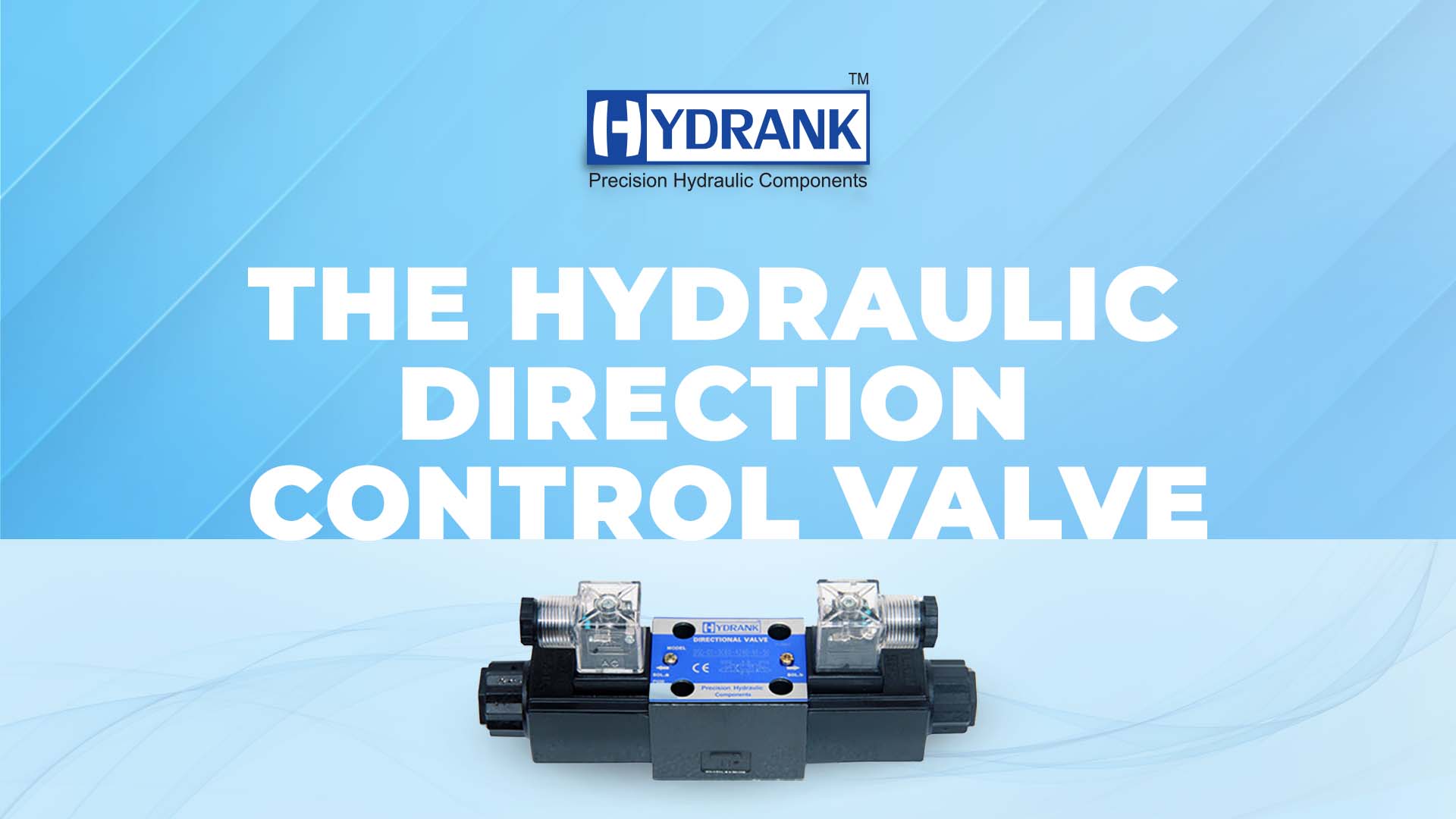-
The Hydraulic Directional Control Valve By Shriank

The Hydraulic Proportional Directional Control Valve is one of the most commonly used valves in the oil and gas industry. It allows for a proportional response to changes in pressure, as well as directional control with respect to fluid flow. A PID controller can be used to regulate the output of this valve.
It is a semi-open type valve that can be used to regulate both positive and negative pressure by adjusting the position of its flapper. It can achieve two functions: controlling the flow direction and regulating pressure.
The working principle of this type of regulator is as follows:
- When the pressure on one side increases, it will close suddenly;
- When the pressure on one side decreases, it will open slowly;
- When there are two pressures on both sides, they will balance each other out.
The advantages of this type of regulator are as follows:
- Easy installation
- Simple structure
- Low energy consumption
- Long service life
- Good corrosion resistance
Types – There are three main types of HPD valves. The first type is the manual valve, which has no computerized controls or sensors. The second type is the proportional directional valve, which has an electronic control system and sensors that detect whether pressure or flow rates are increasing or decreasing. Finally, there is the proportional directional valve with a programmable controller.
Characteristics – A Hydraulic Proportional Directional Control Valve is a type of valve that can be used to control the flow direction. It is a kind of smart hydraulic valve that uses a computer to achieve fluid control.
Its characteristics are as follows:
- It uses a microprocessor to control the flow direction, and it has an intelligent use of hydraulic pressure;
- It can automatically adjust the flow rate according to the demand;
- It has no dead zone when controlling fluid pressure;
- It has good stability and reliability;
- It can achieve high efficiency in controlling fluid flow direction without affecting the whole system’s performance.
Functioning – Hydraulic proportional directional control valves are used in many applications. They are used as throttles, regulators, and actuators. The direction of the flow is determined by the position of a piston that has a movable disc connected to it.
The hydraulic directional control valves have three basic parts:
1) piston 2) drive shaft 3) hydraulic cylinder.
The piston has an end with a direct drive connection to the drive shaft and an eccentric drive connection at its other end. A hydraulic cylinder is attached to this eccentric end and is connected to both sides of the pistons via rods that extend from one side of the cylinder to each side.
What is the purpose of a hydraulic valve?
The purpose of a hydraulic valve is to control the flow of liquid or gas through a system. The valve may be used to restrict the flow, either temporarily or permanently, or to allow it in a controlled manner.
A valve can be designed to provide any combination of three functions:
- Restriction – To prevent the flow from passing through an opening. This could be due to physical obstructions ( A blockage) or pressure differences in the system (when there is not enough pressure being supplied by a pump).
- Regulation – To control the rate at which fluid flows through an opening to ensure no sudden change in pressure or volume. This could be required because there is too much pressure on one side of a system
- 1) when there are more pumps than required Or because there is too much volume on one side 2) when one pump is supplying water for irrigation.
- Release – To ensure fluid flows out of an opening when it becomes available again after using it up ( in a pipeline system).
What is a Directional Control Valve In Hydraulics?
The directional control valve is a valve with an automatic setting. 1) It is designed to control the direction of flow in a system and change the direction of flow by rotating the valve handle. 2)Used to regulate pressure and flow in confined spaces.
Double-acting valve It is usually used for high-pressure applications and has two ports, one for each direction of flow.
Why should you choose Shriank for Hydraulic Proportional Directional Control Valve?
Shriank Hydraulic Proportional Directional Control Valve is a popular hydraulic control valve that can be used in various industrial automation projects.
It has good performance and high reliability. It can automatically control the direction of flow to meet the needs of different applications. The product is easy to operate and maintain.
Also, it can withstand high temperatures and pressure changes without damage to its structure. This makes it suitable for long-term operation in harsh environments such as oil fields or gas fields where temperature and pressure are high.
India's Largest Hydraulic Vane Pump Supplier
contact us: +91 98989 09148
Delivery
Prompt and accurate delivery
Client Servicing
Pro after-sales customer support
Quality assurance
Top quality standards
Export
More then 10 countries
